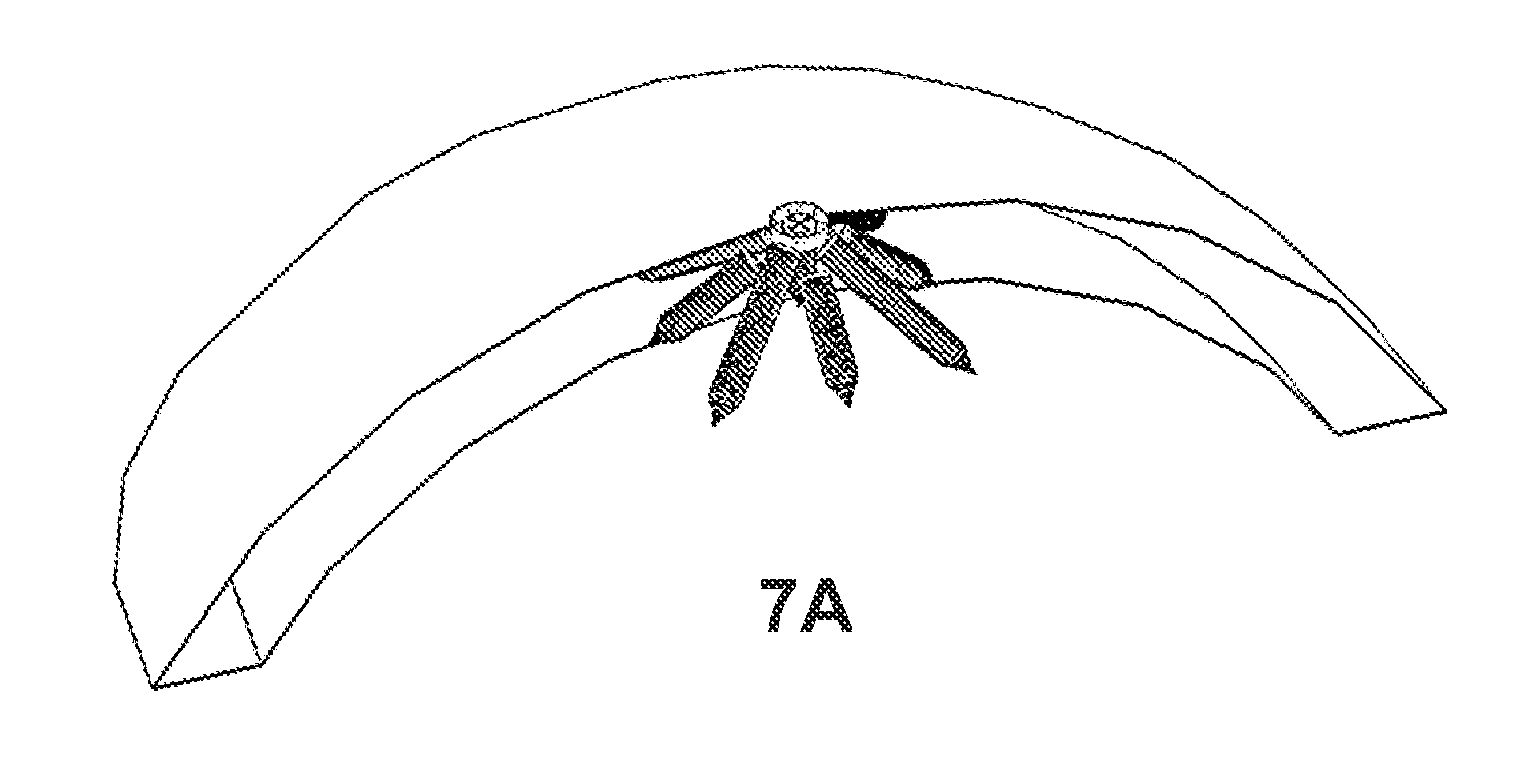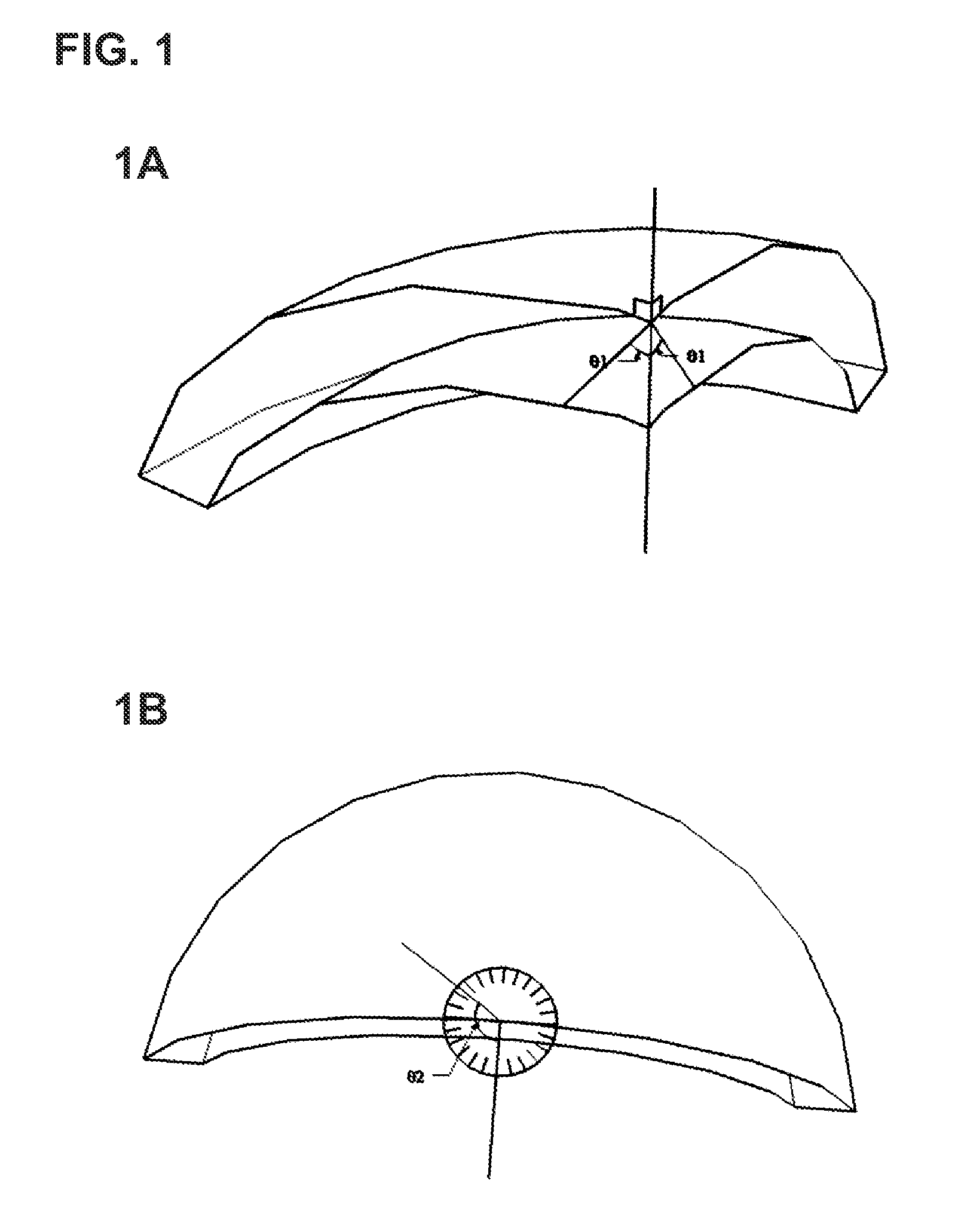Insertion of medical devices through non-orthogonal and orthogonal trajectories within the cranium and methods of using
a technology of cranial artery and insertion device, which is applied in the field of medical devices, systems and methods for accessing cranial and intracranial structures, can solve the problems of limited brain-machine interface using eeg signals, loss of brain functions, and risk of injury to the intervening healthy brain tissues and blood vessels, so as to enhance the battery life and complexity of each electrode unit, increase the risk of injury, and increase the size
- Summary
- Abstract
- Description
- Claims
- Application Information
AI Technical Summary
Benefits of technology
Problems solved by technology
Method used
Image
Examples
Embodiment Construction
[0062]The present disclosure and method of its use enables multiple effectors, sensors, and other components to fit through a single entry site to provide improved and / or longer-lasting therapeutic benefits. According to some embodiments this is accomplished by inserting the effectors, sensors, other components, or shafts housing any of these elements at different angles to permit greater subsurface reach given a small surface entry site. As used herein, the term “entry site” includes one or more physically distinct openings, holes, or incisions, within close proximity to one another and taking up a relatively small total area of space consistent with minimally invasive surgical procedures. Thus, an “entry site” may be one opening or hole but is not limited to such. The “entry site” may also be an entry zone, area, or region that encompasses two, three, four, or more distinct openings.
[0063]For each entry site, the stimulator / sensor devices may be inserted at several different axial...
PUM
 Login to View More
Login to View More Abstract
Description
Claims
Application Information
 Login to View More
Login to View More - R&D
- Intellectual Property
- Life Sciences
- Materials
- Tech Scout
- Unparalleled Data Quality
- Higher Quality Content
- 60% Fewer Hallucinations
Browse by: Latest US Patents, China's latest patents, Technical Efficacy Thesaurus, Application Domain, Technology Topic, Popular Technical Reports.
© 2025 PatSnap. All rights reserved.Legal|Privacy policy|Modern Slavery Act Transparency Statement|Sitemap|About US| Contact US: help@patsnap.com



